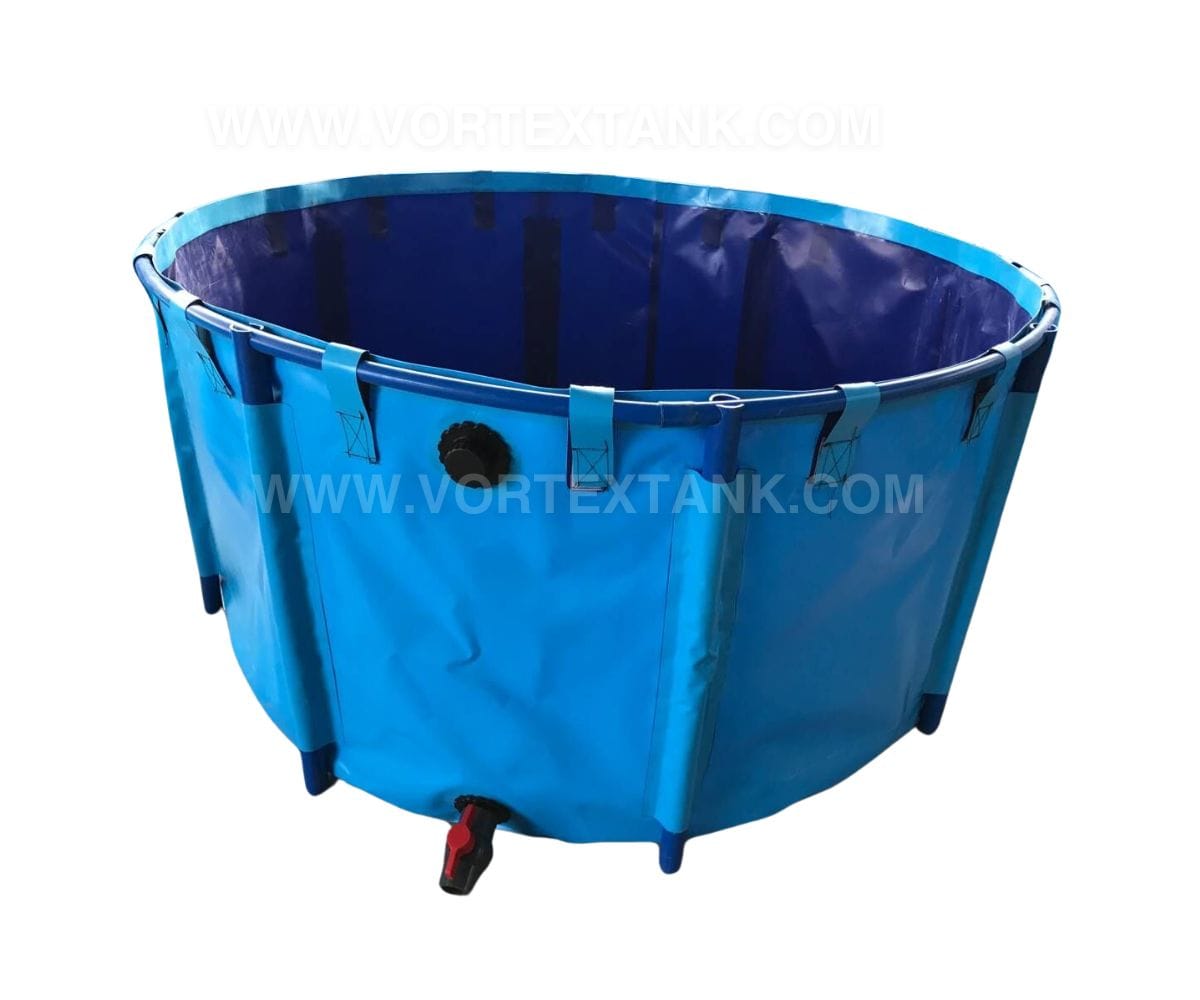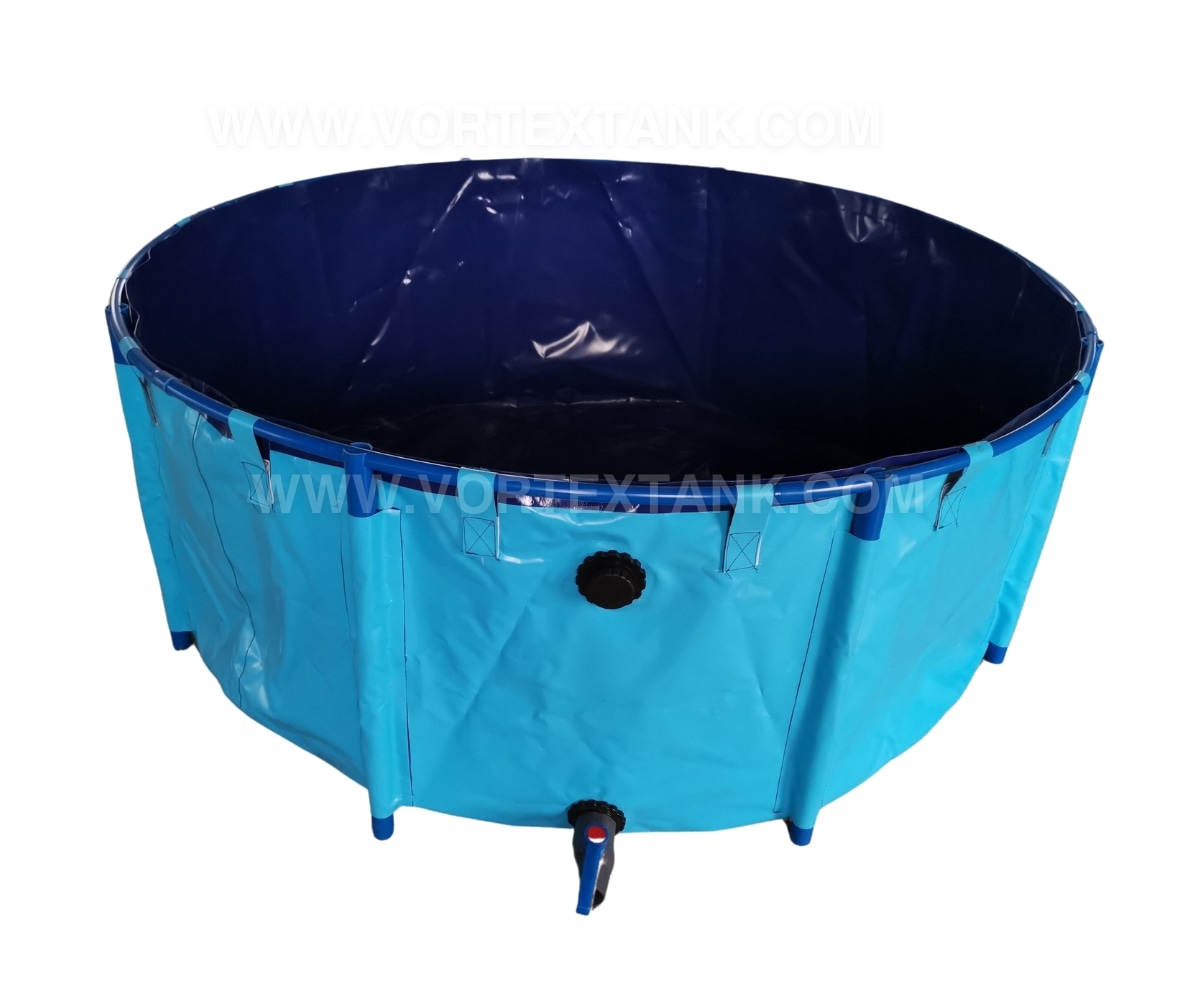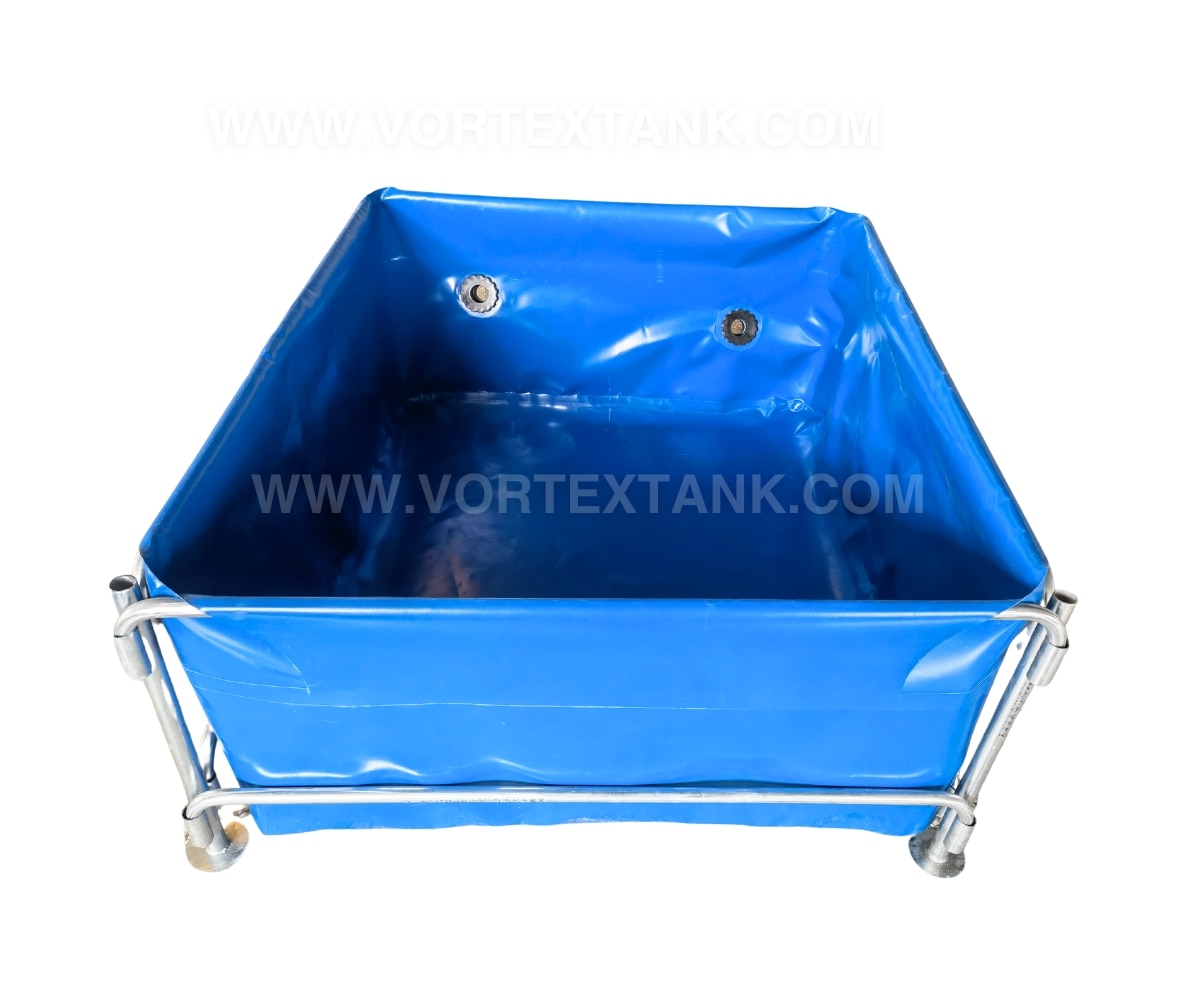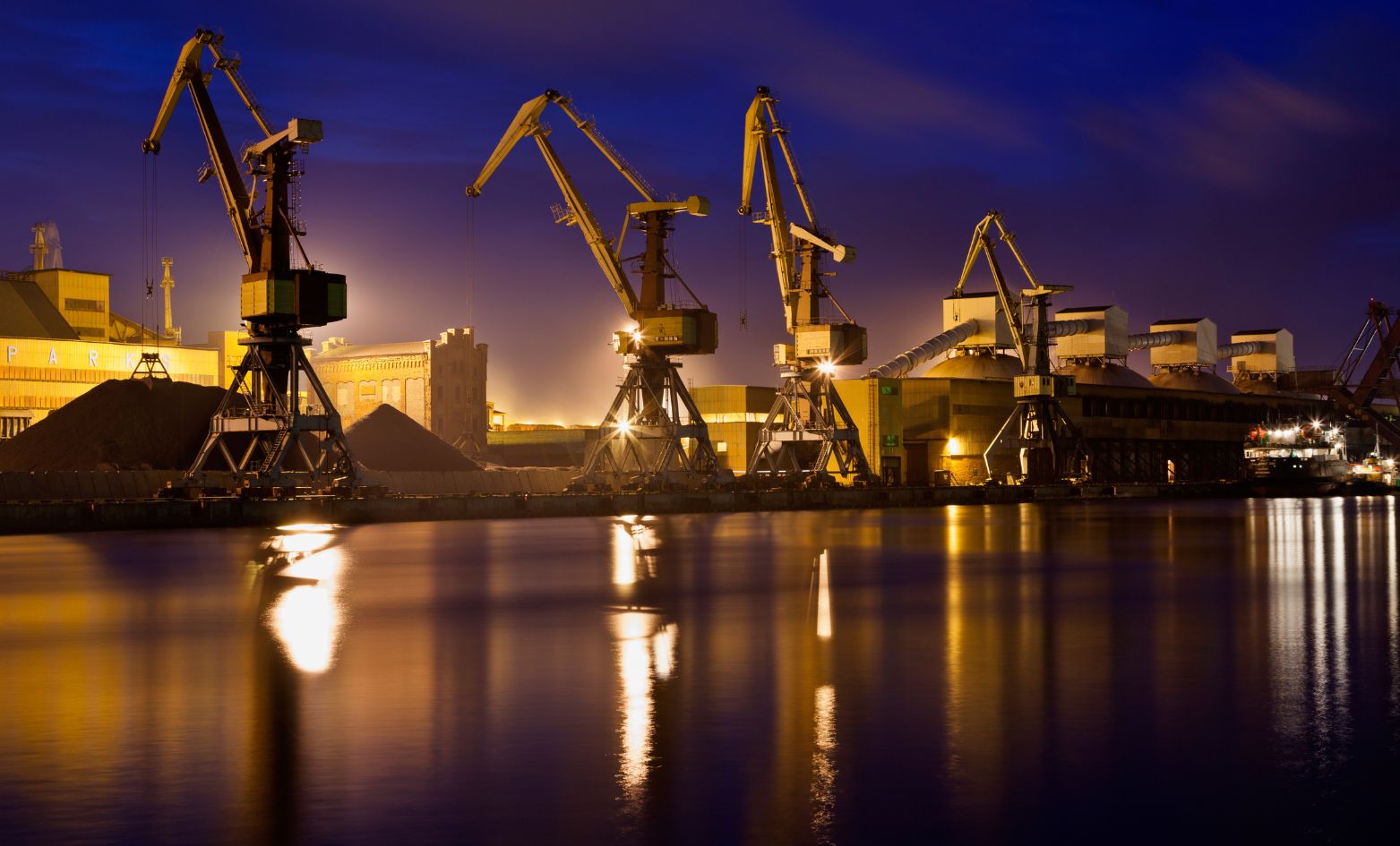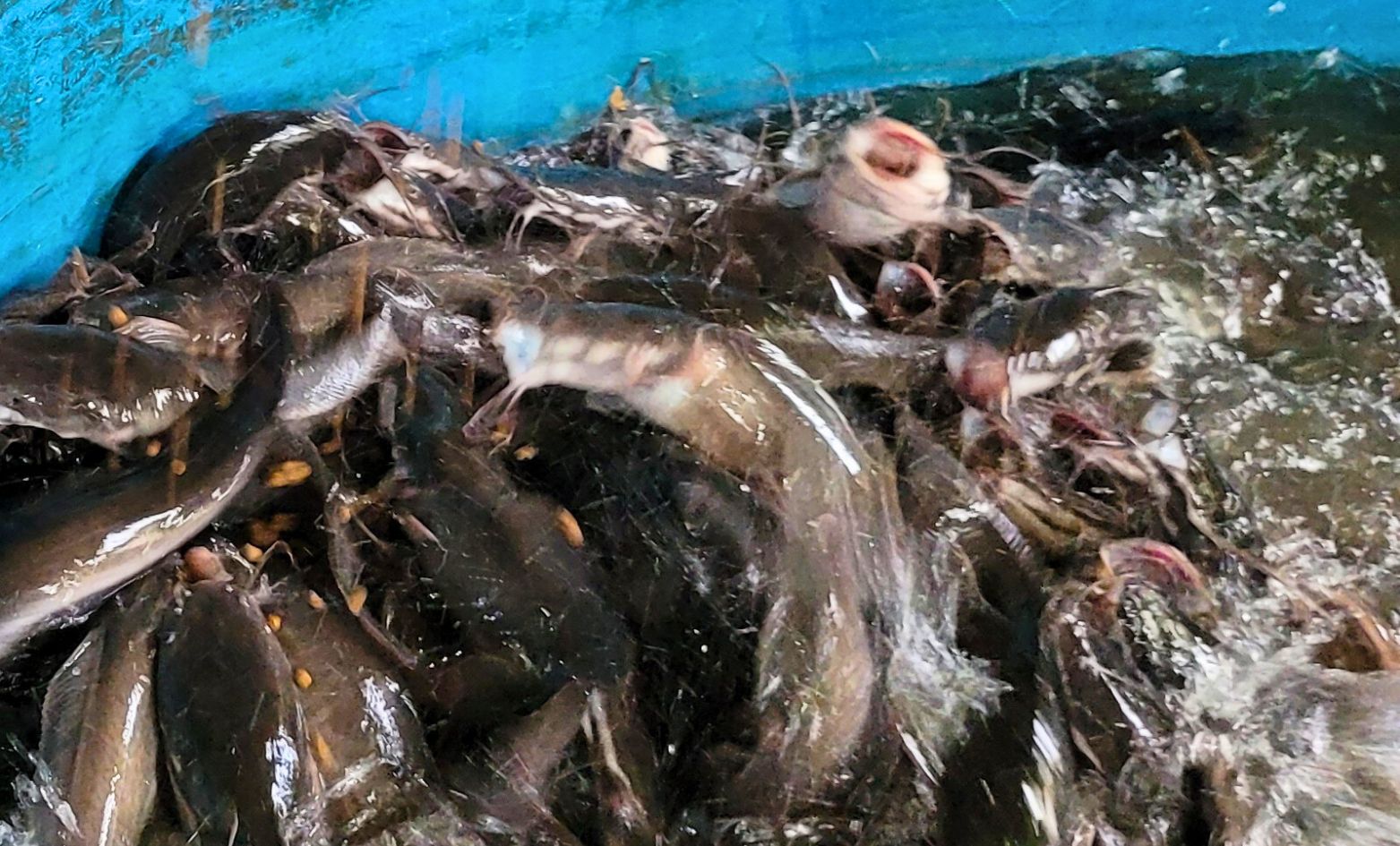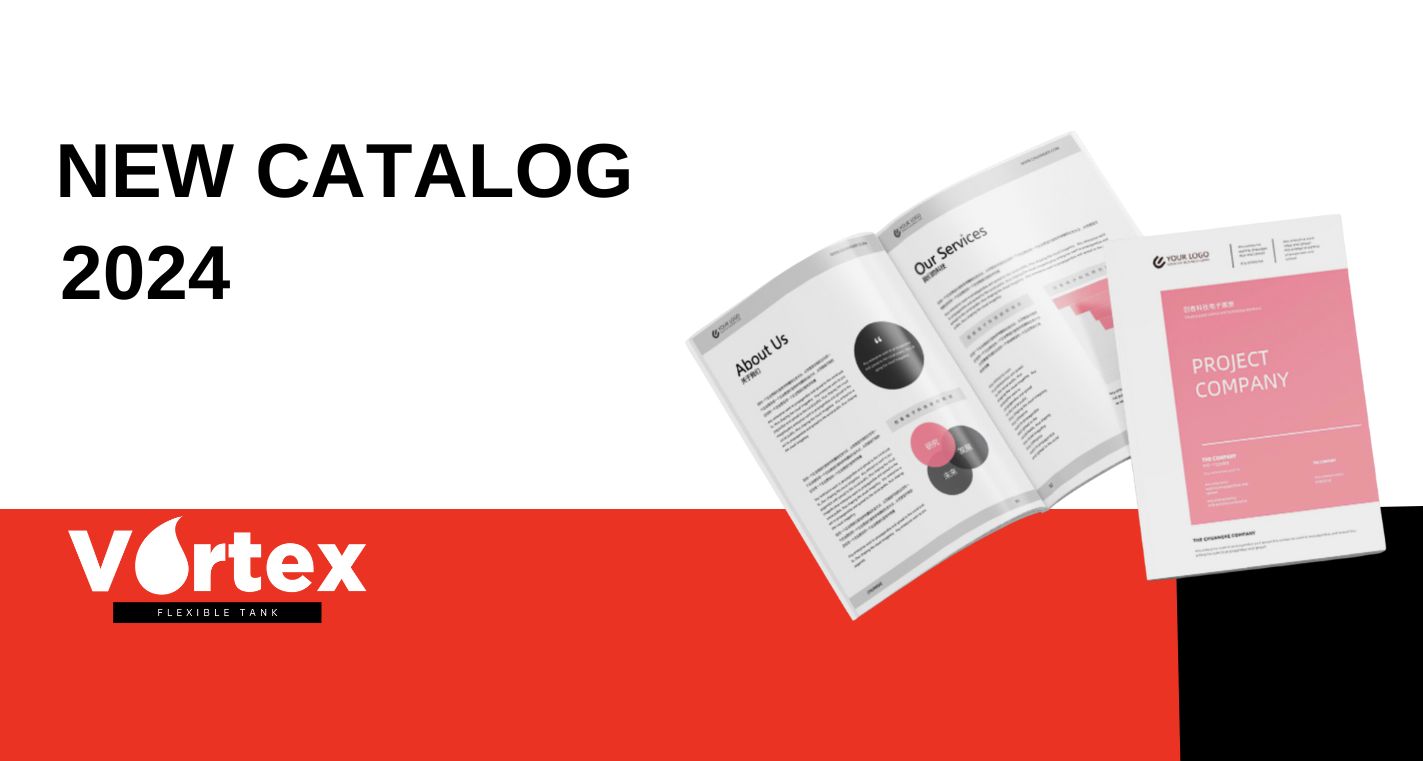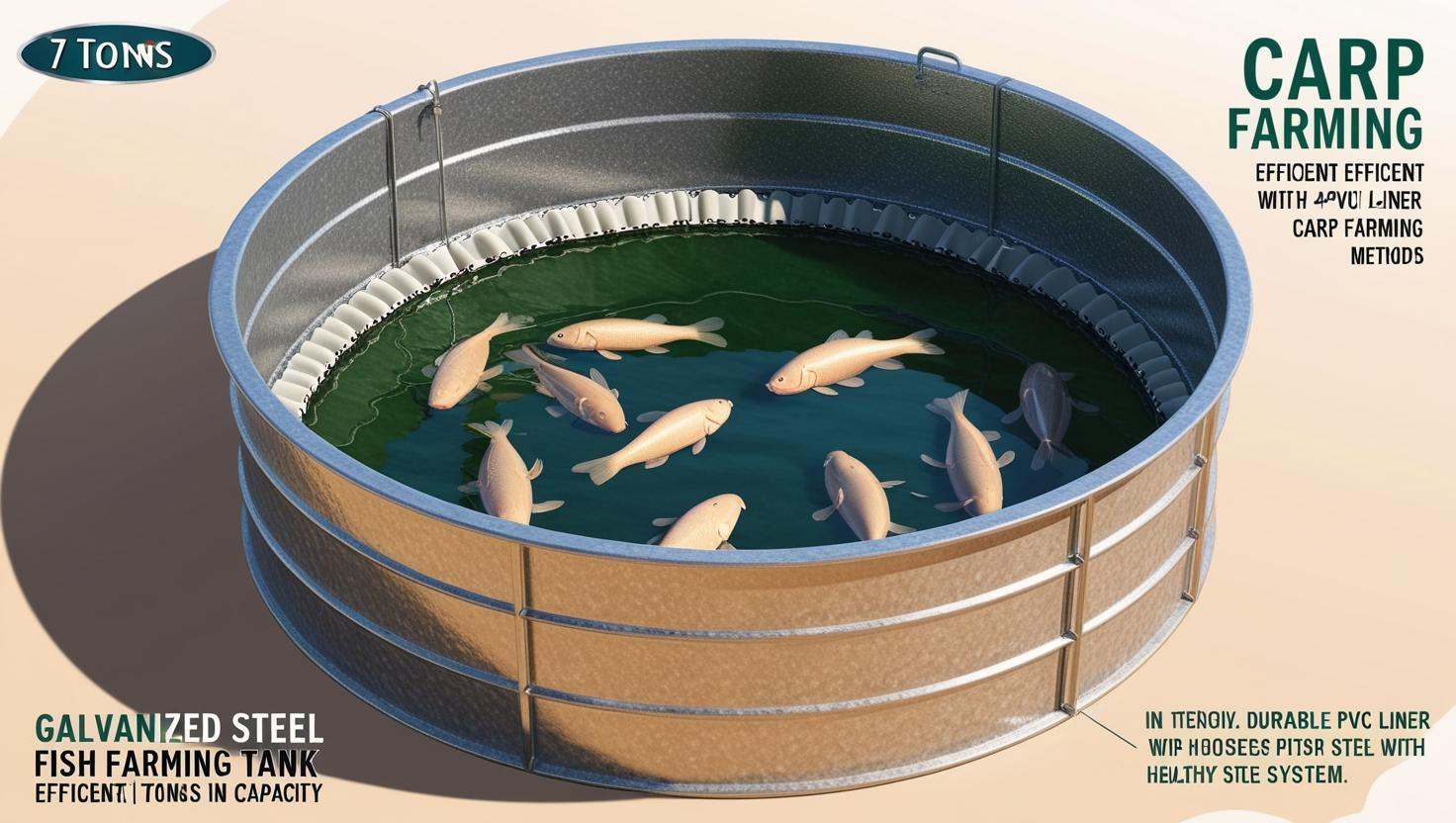
The 7-Ton Secret: Unlocking Efficient Carp Farming Methods
Ready to explore the world of high-yield carp farming? Get ready, because we're about to share the secrets behind producing a whopping 7 tons of carp every month! In "The 7-Ton Secret: Unlocking Efficient Carp Farming Methods", we'll take a look at the new and improved techniques that are shaking up the aquaculture industry.
We'll cover everything from optimising fish tank designs to mastering water quality management. You'll also get the lowdown on feeding 3000 carp in a 40m³ tank, keeping disease at bay in high-density environments and advanced aeration techniques that keep your fish in tip-top condition.
And there's more! We'll also look closely at waste management and filtration systems that can support a weekly yield of up to 2000kg of carp. You'll also learn how to control the temperature for the best growth and how to balance the number of fish in the tank for the most efficient use of resources. We'll also look at the latest monitoring and automation tech that makes weekly stocking and harvesting a breeze.
And for those of you who are looking at this from a business perspective, we'll look at the economics of this 30-tank system and show you the potential return on investment for achieving that impressive 7-ton monthly production.
If you're an experienced aquaculturist or just getting started, this blog post will give you the knowledge you need to take your carp farming to the next level. Get ready to discover the secrets of efficient, high-yield carp farming – your 7-ton success story starts here! C-Type PP Camlock Couplings offer quick, secure connections for fluid transfer. These plastic camlock couplings are durable and resistant to chemicals, making them ideal for various industrial applications. They're easy to operate and maintain, ensuring efficient and safe fluid handling.
Optimal Fish Tank Design for 7-Ton Monthly Carp Production
The key to successful high-yield carp farming is the design of your fish tanks (Here is some fish tank model we do). To produce 7 tons a month, we're looking at a system of around 30 tanks, each holding 40 cubic metres of water. This set-up is really important for a few different reasons:
* Space efficiency: Using multiple tanks instead of one big pond lets us make the most of the space and create a more controlled environment.
* Water Management: With smaller tanks, it's easier to keep an eye on water quality and make any necessary maintenance.
* Disease Control: If there's an issue in one tank, it can be isolated without affecting the rest of the stock.
* Harvest Rotation: With multiple tanks, you can stagger your harvesting schedule, keeping production consistent.
The tanks should be made with durable, food-safe materials that are easy to clean and maintain. Think about including sloped bottoms for easier waste removal and smooth inner surfaces to prevent injury to the fish.
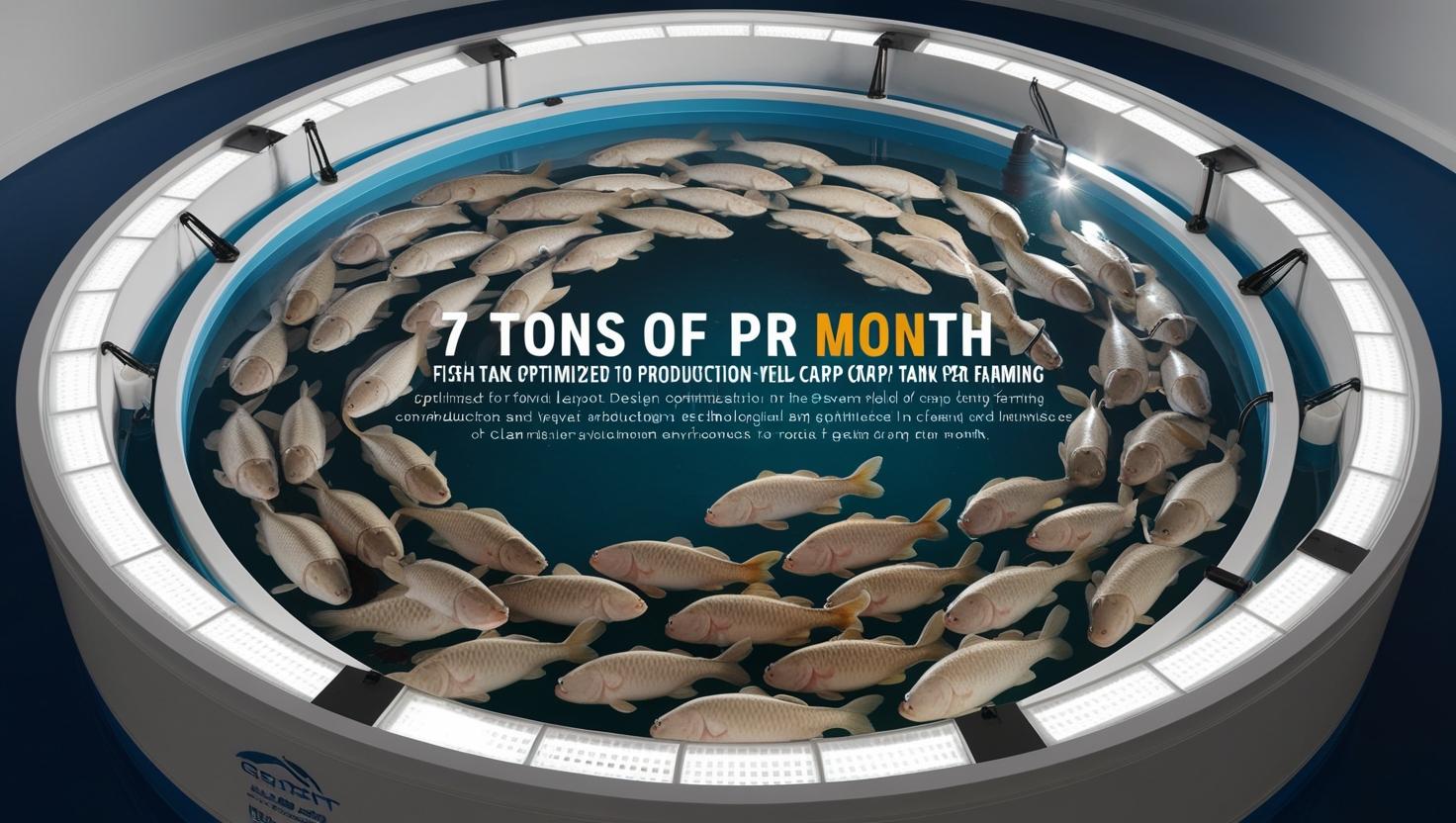
Water Quality Management in 30-Tank Carp Farming Systems
It's really important to keep the water quality at its best in a carp farming operation where there are so many fish in one place. With 30 tanks housing thousands of fish, it's important to have an efficient water management system in place.
* Filtration Systems: Set up a solid mechanical and biological filtration system to get rid of solid waste and turn harmful ammonia into less toxic compounds.
* Water Testing: It's important to regularly check things like pH, ammonia, nitrite, nitrate and dissolved oxygen levels. Invest in reliable testing equipment or think about automated monitoring systems.
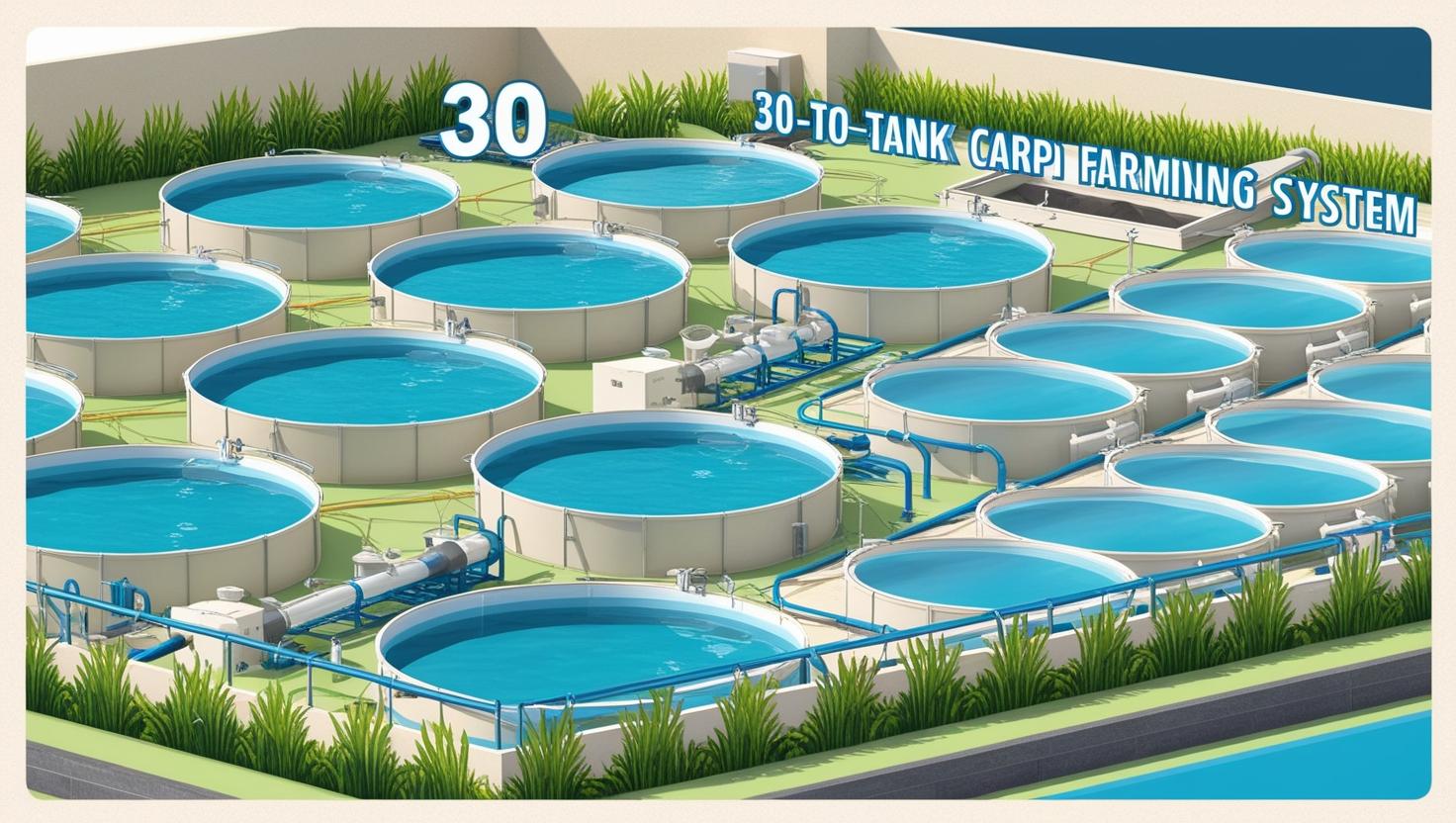
Efficient Feeding Strategies for 3000 Carp per 40m³ Tank
Feeding is really important when you're farming carp, especially when you've got 3000 fish in a 40m³ tank. If you get your feeding strategy right, you'll get the best growth with the least wastage.
* The quality of the food you use is really important: Use a high-quality, nutritionally balanced feed that's been specifically formulated for carp at different growth stages.
* Feeding frequency: It's a good idea to have multiple feeding times throughout the day to make sure all the fish have access to food and to keep the water quality up.
* Portion Control: Work out how much feed you need based on the weight of the fish and change it regularly as they grow.
* Automated Feeders: Think about using automated feeding systems to make sure the feed is given at the right time and in the right amounts.
* Monitoring: Keep an eye on how the fish are eating and change your strategy if you need to. Look out for signs that they are being overfed or underfed.
By making your feeding strategy as efficient as possible, you can get the best growth rates while using the least amount of feed and polluting the least amount of water.
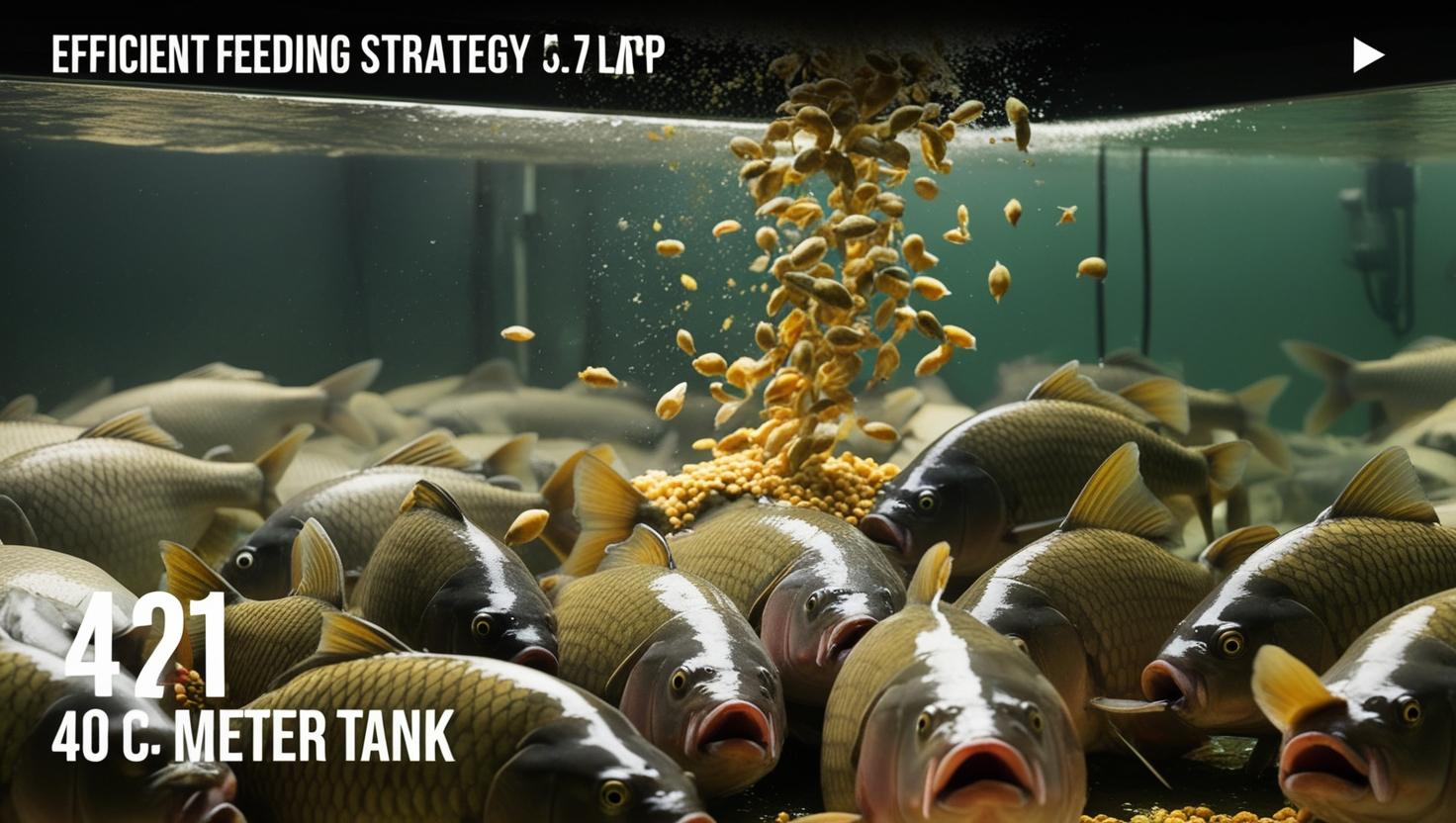
Disease Prevention in High-Density Carp Tanks: Ensuring Weekly Harvests
In a high-density farming environment, it's really important to prevent disease so you can keep getting a good weekly harvest. Here are some tips on how to keep your carp healthy:
* Quarantine: Make sure you have strict quarantine procedures in place for new stock, to stop any diseases being introduced to your system.
* Regular health checks: Keep an eye on your fish for any signs of disease or stress.
* Stress Reduction: Keep your fish as stress-free as possible by minimising handling and maintaining optimal water conditions. Stress can weaken the immune system.
* Vaccination: Think about vaccinating your fish against common carp diseases if it's available and affordable.
* Biosecurity: Make sure you have strict biosecurity measures in place, including disinfection protocols for equipment and personnel.
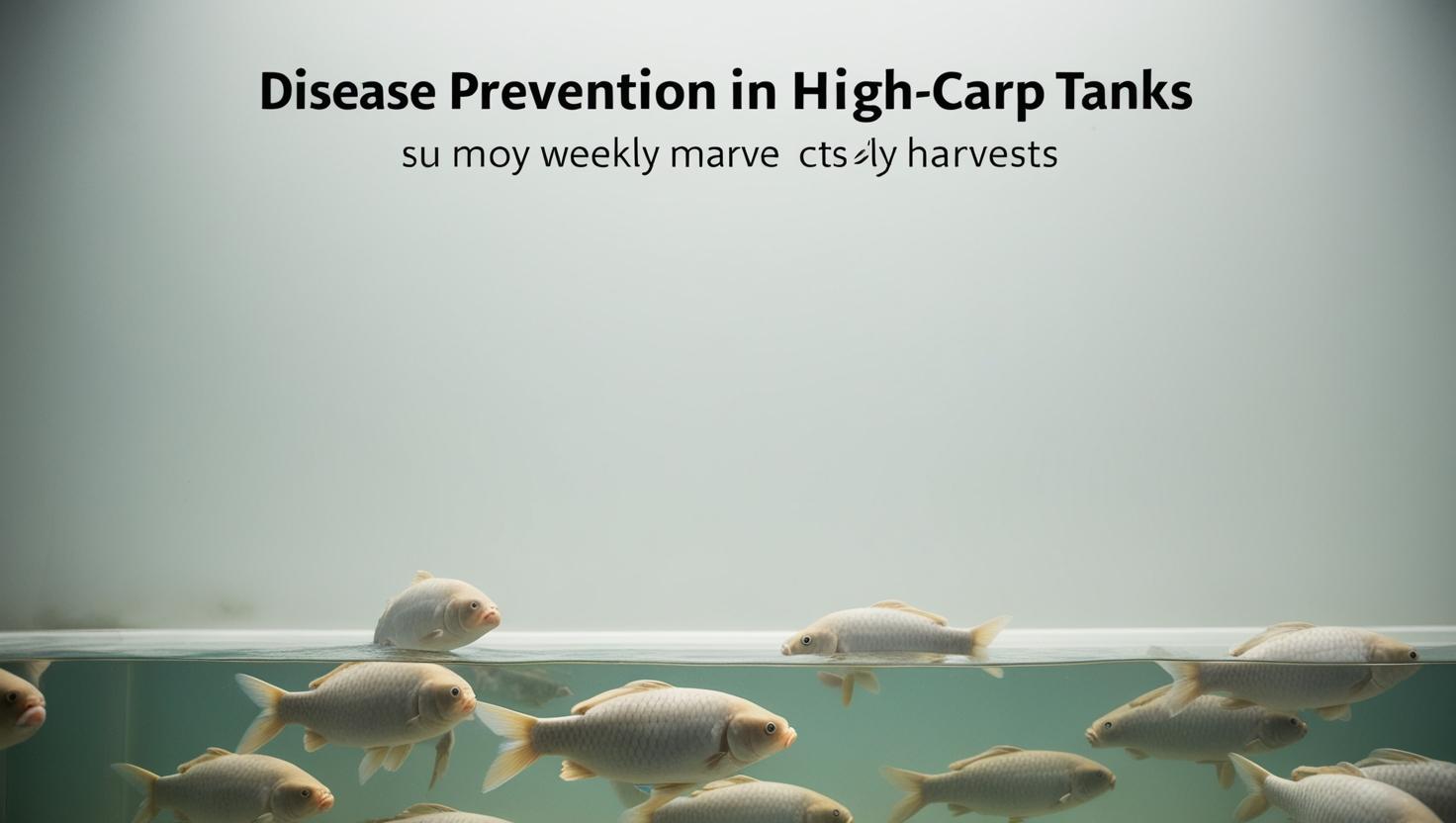
Advanced Aeration Techniques for 40m³ Carp Tanks
It's really important to make sure there's enough oxygen in the water when you're farming carp in high densities. It helps them to grow well. If you've got a 40m³ tank, you might want to think about trying these advanced techniques:
* Diffused aeration: Use fine-bubble diffusers at the bottom of the tank to make sure you get the most out of the oxygen.
* Surface agitation: You can increase the surface area for gas exchange by using paddle wheels or spray bars.
If you're farming at extremely high densities, you might want to consider using pure oxygen injection systems.
You can monitor and control the dissolved oxygen levels using sensors connected to automated control systems.
It's a good idea to have backup aeration systems in place in case of power outages or equipment failures.
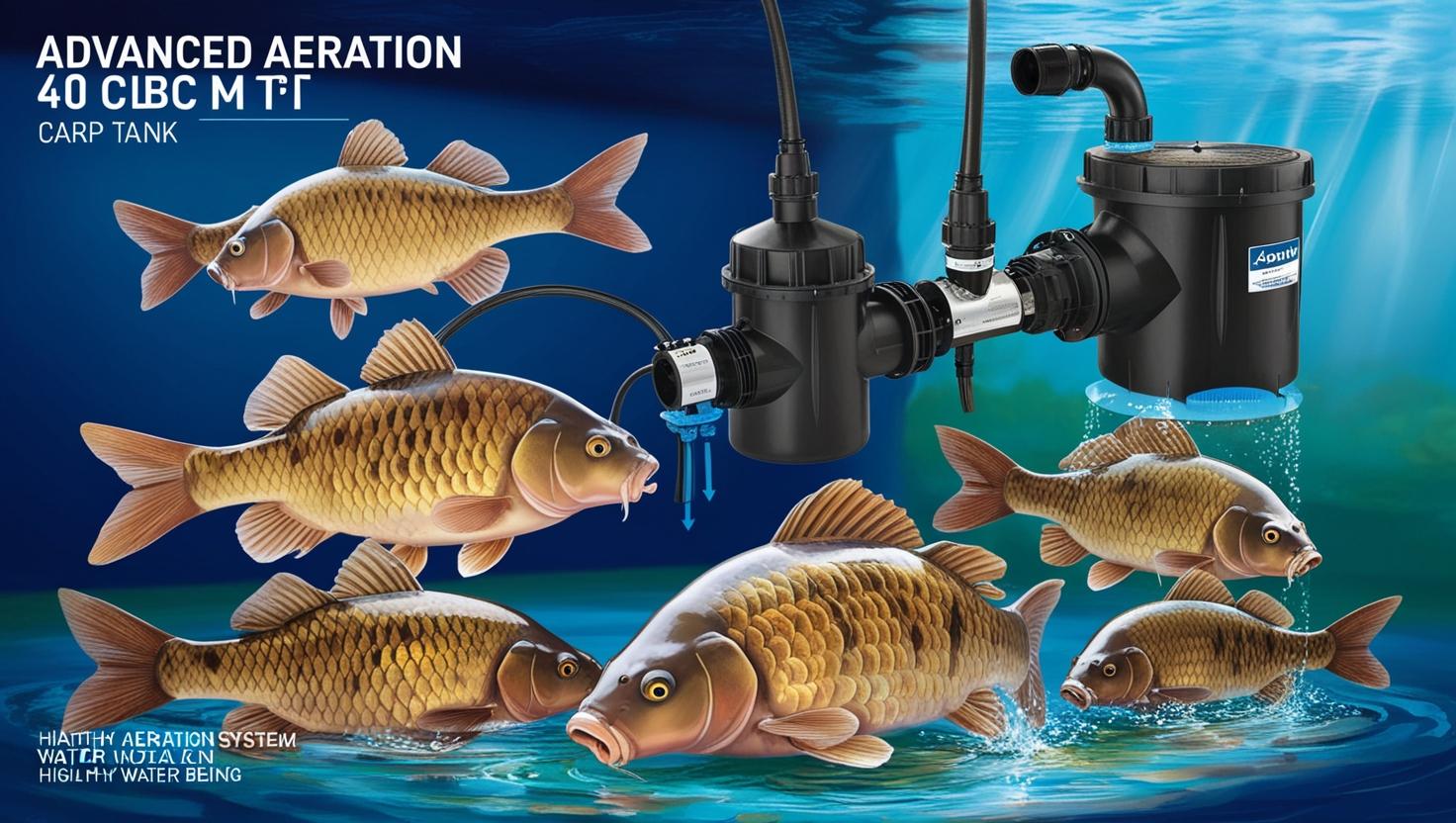
Waste Management and Filtration for 1500-2000kg Weekly Carp Yield
It's really important to manage waste efficiently and filter it properly if we want to keep the water quality up and get good yields. If you're producing 1500-2000kg of carp a week, think about the following:
* Mechanical Filtration: Drum filters and settling tanks are great for quickly and efficiently removing solid waste.
* Biological Filtration: You could use moving bed bioreactors (MBBR) or fluidised sand filters to change ammonia into less harmful nitrate.
* Sludge Removal: It's important to regularly remove and properly dispose of the sludge that builds up.
* Denitrification: You might want to think about adding denitrification reactors to remove nitrate and cut down on the need for water changes.
* Water Reuse: Set up water treatment systems that let you reuse a lot of water, which will help you use less overall.
An effective waste management system not only keeps the water clean but can also give you useful by-products to use as fertilisers.
Temperature Control for Optimal Carp Growth in Large-Scale Tank Systems
It's really important to keep the temperature just right for the carp to grow and for the system to work well overall. When it comes to large-scale tank systems, here are some strategies for controlling temperature:
* Heating Systems: Make sure you install efficient water heaters to keep the temperature just right, especially in colder climates.
* Cooling Systems: If you're in a warmer region, you might want to think about using a chiller or evaporative cooling system to prevent overheating.
Make sure you insulate your tanks and pipes properly to keep heat in and temperatures stable.
You could also look into solar water heating to cut your energy costs.
And finally, use automated temperature monitoring and control systems to make sure all your tanks are at the same temperature.
Balancing Stocking Density: 3000 Carp per 40m³ Tank
It's a fine line between getting the right stocking density and keeping the fish healthy. You've got to find that sweet spot between maximising production and maintaining the fish's wellbeing. If you're looking to keep 3000 carp in a 40m³ tank,
* Growth Stages: You'll need to adjust the density as the fish grow. Start with a higher density and then reduce it as the fish get bigger.
* Water Quality Management: Higher densities mean you'll need to manage water quality more carefully and have a good filtration system in place.
* Feeding Strategies: Make sure you're feeding the fish properly so that they all have access to food in high-density environments.
* Stress Monitoring: Keep an eye out for signs of stress, such as reduced feeding or abnormal behaviour, as these could indicate that the fish are being overcrowded.
* Regular Grading: Set up a system for regularly grading and redistributing the fish to maintain optimal densities.
Monitoring and Automation for Weekly Stocking and Harvesting
To keep up a regular weekly production of 1500-2000kg, it's important to have efficient monitoring and automation systems in place.
* Automated Feeding Systems: Make sure you use programmable feeders to keep feeding schedules and portions consistent.
* Water quality monitoring: Set up systems that can monitor key things like dissolved oxygen, pH and ammonia levels in real time.
* Biomass Estimation: Use tech like underwater cameras or hydroacoustic systems to get an accurate biomass estimate.
* Harvest Scheduling: Set up an automated system to track growth rates and schedule harvests to meet production targets.
* Data Management: Get a comprehensive data management system in place to track all aspects of production and inform decision-making.
Automation not only makes things more efficient, but it also provides valuable data for continuous improvement of your farming practices.
Economic Analysis: ROI of 30-Tank Carp Farming for 7-Ton Monthly Production
It's really important to understand the economics of your carp farming operation if you want it to be a success in the long term. So, here's a quick breakdown of the ROI for a 30-tank system producing 7 tons a month:
* The initial investment is: Next, you'll want to calculate the costs of tank construction, filtration systems, aeration equipment, and other infrastructure.
Next, we'll look at the operational costs. Don't forget to include ongoing costs like feed, electricity, labour and maintenance.
* Revenue Projections: Estimate your income based on current market prices for carp and your expected production.
* Break-Even Analysis: Determine how long it will take to recover your initial investment.
* Scalability: Consider the potential for expanding your operation and how this might affect your ROI.
High-Quality Materials for Durable and Efficient Fish Tanks
Plastic Tube Fish Farming Tank
Plastic tube fish farming tanks are a popular choice because they're lightweight and easy to install. These tanks are usually made from high-density PVC or other strong plastics that can handle the harsh aquatic environment. The benefits of plastic tanks include their resistance to corrosion, ease of cleaning, and relatively low cost. However, they might not be as durable as metal alternatives in the long run and could potentially leach chemicals into the water if not properly manufactured or maintained.
Galvanized Plate Fish Farming Tank
Galvanized plate fish farming tanks are really durable and long-lasting. These tanks are made from steel plates that have been coated with a layer of zinc, which makes them really resistant to rust and corrosion. The galvanization process makes the tank really strong and long-lasting, so it can handle being in water and with fish waste all the time. They might cost more at first than plastic tanks, but they last a lot longer and need less maintenance, so they're often cheaper in the long run. Plus, you can make galvanized plate tanks any size you need, which is great for designing a farm that fits your space.
Galvanized Tube Fish Farming Tank
Galvanized tube fish farming tanks are a great combination of galvanized materials and a tubular design. These tanks are usually made from galvanized steel tubes that are welded together to form a circular or oval shape. The tubular structure makes them really strong and stable, so they're great for large-scale operations. Like galvanized plate tanks, they're super resistant to corrosion and can last for years if you look after them. The tubular design also lets water circulate really efficiently, which is good for keeping the water quality up and the fish healthy.
When you're choosing between these options, think about things like your budget, the size of your operation, the local climate, and how much maintenance you'll need to do in the long term. While plastic tanks are great for smaller operations or temporary setups, galvanised options often offer better value for large-scale, long-term carp farming projects. Investing in high-quality tanks is a smart move that will contribute to the success and profitability of your aquaculture business.
Investing in high-quality materials may increase initial costs, but it'll pay off in the long run through reduced maintenance and a longer lifespan of your equipment.
conclusion
To wrap up, large-scale carp farming in tank systems is a great way for aquaculture entrepreneurs to make money. With the right setup, know-how and management practices, you can get impressive yields of up to 7 tons a month. The key to success is keeping the water quality just right, using efficient filtration systems, and using automation to make sure you're always producing consistently. While it might cost a lot to get started, the potential for high returns makes this an attractive venture. As the demand for sustainable protein sources continues to grow, carp farming is a promising solution. By applying the strategies and insights shared in this guide, you can position yourself at the forefront of this thriving industry. Remember, success in carp farming is a balance of science, technology, and dedication – are you ready to dive in?
FAQ
Q1: How much space do I need for a carp farm producing 7 tons of fish monthly?
A: For a production of 7 tons monthly, you would need approximately 30 tanks of 40m³ each. This translates to a total water volume of about 1,200m³. The actual space required will be larger to accommodate equipment, walkways, and processing areas.
Q2: What is the optimal stocking density for carp in tank systems?
A: The optimal stocking density is around 3000 carp per 40m³ tank. This allows for proper growth and maintains good water quality. However, the exact number may vary based on the specific system and management practices.
Q3: How often should I harvest in a large-scale carp farming operation?
A: For consistent production, weekly harvests of 1500-2000kg are recommended. This ensures a steady supply and helps maintain optimal tank conditions.
Q4: What are the key factors in maintaining water quality for carp farming?
A: The main factors are temperature control (20-28°C), efficient filtration systems, proper oxygenation, and regular monitoring of ammonia, nitrite, and pH levels. Maintaining these parameters is crucial for carp health and growth.
Q5: What type of tank material is best for large-scale carp farming?
A: High-quality materials like galvanized plate or tube tanks are recommended for their durability and longevity. While more expensive initially, they offer better long-term value compared to plastic alternatives.
Q6: How important is automation in large-scale carp farming?
A: Automation is essential for maintaining productivity and fish health in intensive aquaculture. Automated systems for feeding, water quality monitoring, and environmental control help ensure consistent conditions and reduce labor costs.
Q7: What is the expected return on investment (ROI) for a large-scale carp farm?
A: The ROI depends on initial investment, operational costs, and market prices. Large-scale operations can potentially offer attractive returns due to consistent, high-volume production. However, exact figures vary based on location and market conditions.
Q8: How do I manage fish health in a high-density carp farming system?
A: Regular health monitoring, maintaining optimal water quality, proper nutrition, and stress reduction are key. Implementing biosecurity measures and having a relationship with an aquatic veterinarian are also important for managing fish health.
Q9: What are the main challenges in scaling up a carp farming operation?
A: The main challenges include high initial investment costs, complex water management systems, potential disease outbreaks in high-density environments, and the need for specialized knowledge and skills in aquaculture management.
Q10: How can I ensure the sustainability of my large-scale carp farming operation?
A: Implement efficient water recirculation systems, use renewable energy sources where possible, practice responsible waste management, and consider integrating aquaponics. Also, ensure your feed sources are sustainable and consider obtaining relevant aquaculture certifications.
Sources and Citations
1. [Food and Agriculture Organization of the United Nations (FAO). (2022). The State of World Fisheries and Aquaculture 2022.](https://www.fao.org/3/cc0461en/cc0461en.pdf)
2. [Badiola, M., Mendiola, D., & Bostock, J. (2012). Recirculating Aquaculture Systems (RAS) analysis: Main issues on management and future challenges. Aquacultural Engineering, 51, 26-35.](https://www.sciencedirect.com/science/article/pii/S0144860911000677)
3. [Timmons, M. B., & Ebeling, J. M. (2013). Recirculating Aquaculture (3rd ed.). Ithaca Publishing Company.](https://www.wiley.com/en-us/Recirculating+Aquaculture%2C+3rd+Edition-p-9780971264656)
4. [Lekang, O. I. (2013). Aquaculture Engineering (2nd ed.). Wiley-Blackwell.](https://www.wiley.com/en-us/Aquaculture+Engineering%2C+2nd+Edition-p-9780470670859)
5. [Avnimelech, Y. (2009). Biofloc Technology - A Practical Guide Book. The World Aquaculture Society.](https://www.worldaquaculture.org/book/biofloc-technology)
6. [Horvath, L., Tamas, G., & Seagrave, C. (2002). Carp and Pond Fish Culture (2nd ed.). Fishing News Books.](https://www.wiley.com/en-us/Carp+and+Pond+Fish+Culture%2C+2nd+Edition-p-9780852382820)
7. [Summerfelt, S. T., & Vinci, B. J. (2019). Recirculating Aquaculture Systems. In Aquaculture Engineering (pp. 719-777). Academic Press.](https://www.sciencedirect.com/book/9780128054239/recirculating-aquaculture-systems)
8. [Crespi, V., & Coche, A. (2008). Glossary of Aquaculture. Food and Agriculture Organization of the United Nations.](https://www.fao.org/3/i6582e/i6582e.pdf)
Follow us
Table of Content

